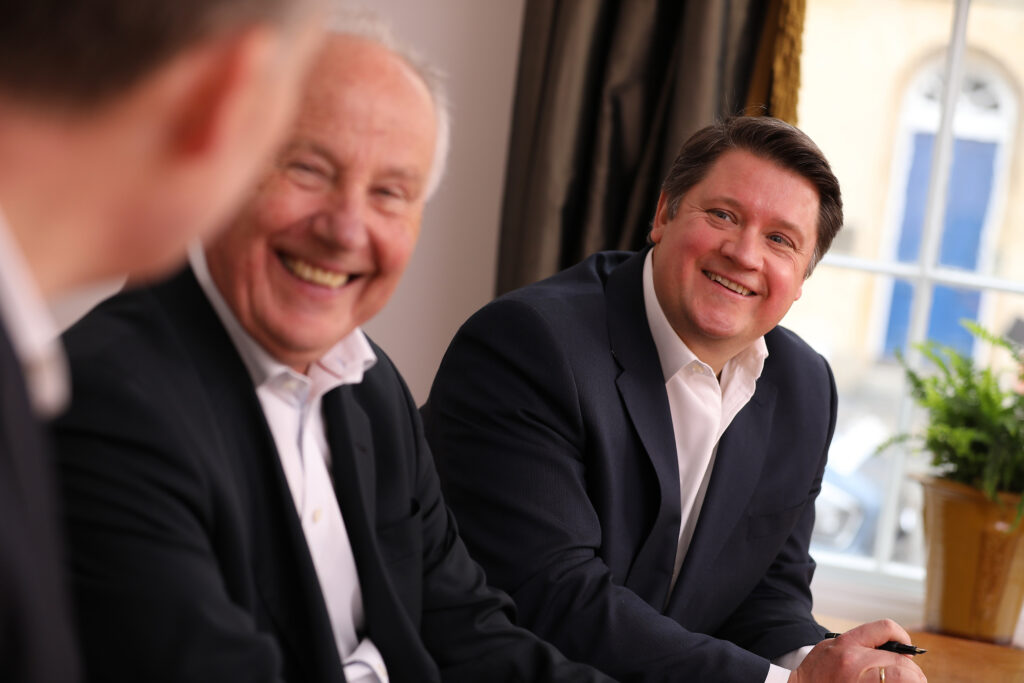WABChats Readable, Professor Jonathan Trevor
Professor Jonathan Trevor is an award-winning Oxford academic and author who draws on insights and frameworks from his research to help leaders ask better questions and improve business fitness. Drawing on his academic research and work with organisations throughout the world, he acts as a troubleshooter and performance coach to organisations that want to be better aligned, more efficient and more competitive.
Our recent conversation with Jonathan on the WABChats Podcast [Link] offered a brilliant analysis of a pivotal shift in how we work. Businesses today are navigating a new era of work, one where the blend of in-office and remote models presents both opportunities and complexities.
Jonathan’s expertise highlights the strategic imperatives for organisations seeking not just to adapt, but to thrive in this constantly evolving landscape. His insights reveal that successful hybrid work hinges on a thoughtful and integrated approach, moving beyond simple logistics to address the fundamental dynamics of productivity, collaboration, and engagement. We’ve drawn out three key pillars from our conversation with Jonathan that are crucial for navigating the future of work effectively.
Listen to the episode in full here now.

leaders ask better questions and improve business fitness.
From Place to Purpose: Strategically Aligning Work and Location
Jonathan’s research underscores a fundamental principle for effective hybrid work: a conscious decoupling of work from a fixed location. Businesses must focus on the core purpose of different tasks and strategically determine the optimal environment for employees to carry them out. This involves moving beyond blanket policies and understanding that individual, focused work may flourish remotely, while collaborative and creative endeavours often benefit from in-person interaction. This nuanced approach allows organisations to tap into the distinct advantages of both models, optimising productivity and resource allocation by aligning the ‘where’ with the ‘what’ of work. Companies commitment to this strategic alignment demonstrates a deep understanding of how different work modalities impact output and ultimately powers a more effective and agile business model.
Orchestrating Connection: Cultivating Collaboration and Culture
A critical element in the hybrid work equation, as Jonathan highlighted, is the intentional fostering of connection and collaboration. Businesses must devise solutions to integrate in-person interactions into the hybrid work model, nurturing team dynamics and enabling innovation. Recognising that spontaneous interactions and creative brainstorming often thrive in a shared physical space, leading organisations are designing hybrid models that prioritise bringing teams together for specific collaborative activities. Orchestrating in-person time allows for the cultivation of a strong organisational culture and the generation of innovative ideas in ways that are often difficult to replicate in wholly virtual environments.
Empowering Individuals: Building Flexible and Equitable Frameworks

Beyond the structural elements of hybrid work, Jonathan’s analysis emphasises the importance of empowering individuals through flexible and equitable frameworks. Forward-thinking organisations are recognising the diverse needs and preferences of their employees. This involves moving beyond rigid mandates and embracing models that offer a degree of autonomy and choice, while also ensuring equitable opportunities for all, regardless of their work location. By building frameworks that acknowledge different roles, seniority levels, and individual circumstances, businesses can foster greater engagement and loyalty. This approach recognises that a more tailored and human-centred approach ultimately leads to a more effective and sustainable work environment, empowering both the organisation and its people to thrive.
In Conclusion: Charting a Strategic Course in the Hybrid Landscape
Our conversation with Jonathan provided a practical framework for navigating the multiple complexities that come with hybrid work. Businesses must look to strategically integrate in-office and remote work to optimise performance. By thoughtfully aligning work with location, intentionally cultivating collaboration, and empowering individuals with flexible and equitable frameworks, organisations can chart a successful course in this evolving landscape.
The success of these forward-thinking organisations underscores that a considered and adaptable approach, a deep understanding of organisational dynamics, and a commitment to both productivity and people are crucial for thriving in the new era of work.
You can hear more from Jonathan Trevor on this crucial topic on the full episode of WABChats [Link to full episode].
